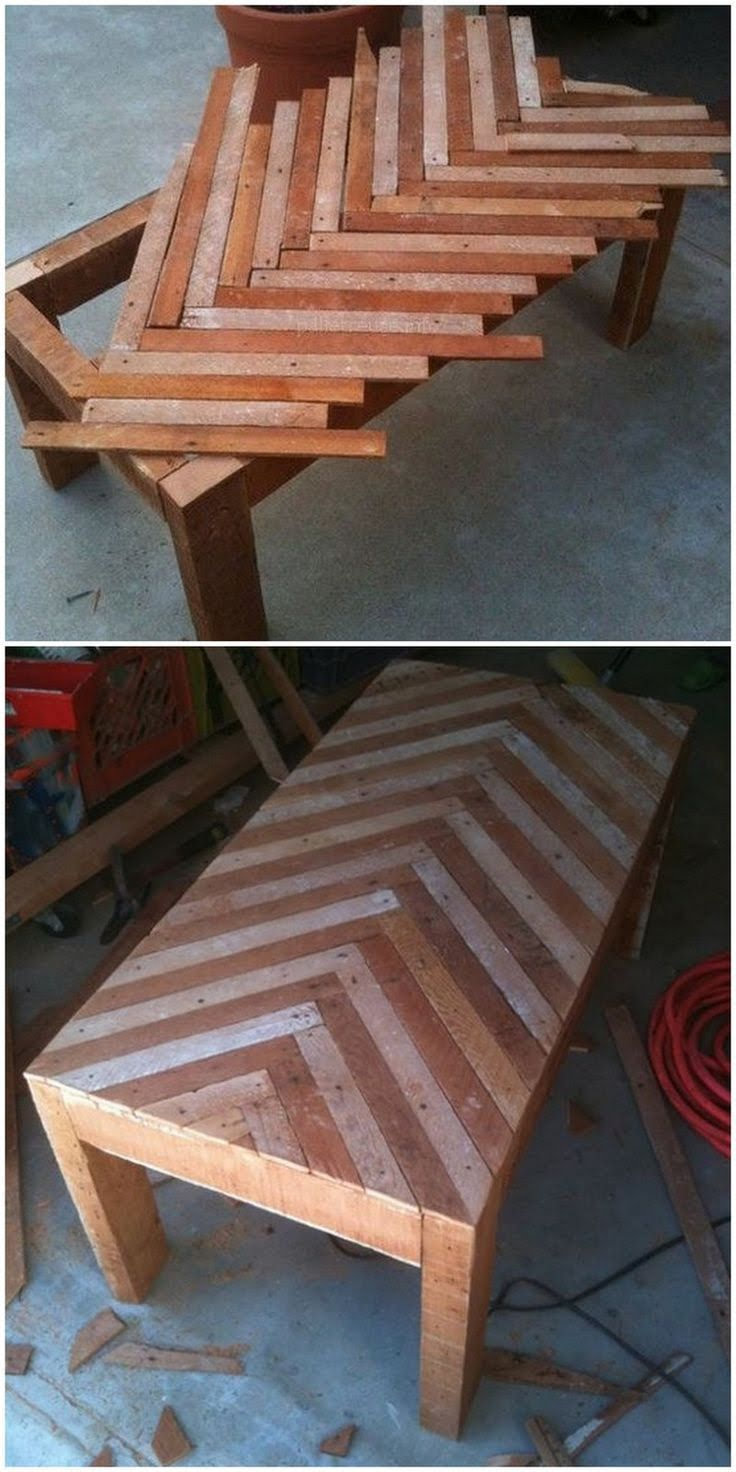Are you interested in starting woodworking but not sure where to begin? Understanding what supplies are needed to start woodworking is the first step to getting started in this fulfilling and rewarding hobby.
Woodworking offers a unique blend of creativity, craftsmanship, and practical skills that can be enjoyed by people of all ages and skill levels. Whether you’re interested in creating intricate furniture pieces or simple DIY projects, woodworking allows you to work with your hands and produce tangible results.
The appeal of woodworking lies in the ability to create custom, handcrafted items that are both functional and aesthetically pleasing. From designing and building your own furniture to crafting personalized gifts for loved ones, woodworking provides a sense of accomplishment and satisfaction that comes from working with natural materials.
Additionally, engaging in woodworking as a hobby can be a therapeutic and stress-relieving activity, allowing individuals to focus their minds on the task at hand and escape the busyness of everyday life.
In addition to the creative aspects, woodworking also offers several benefits such as developing problem-solving skills, improving hand-eye coordination, and fostering patience. Whether you’re a complete beginner or have some experience with woodworking, acquiring the necessary supplies is essential for embarking on this fulfilling journey. In the following sections, we will explore the essential hand tools, power tools, safety gear, wood materials, fasteners and adhesives, workspace setup, as well as additional supplies needed to start woodworking.
Essential Hand Tools
Woodworking as a hobby has been gaining popularity due to its creative and therapeutic benefits. For those interested in starting woodworking, it is important to have the right supplies and tools. One might ask: what supplies are needed to start woodworking? The answer lies in understanding the essential hand tools required for woodworking projects.
First and foremost, every woodworker needs a good set of quality saws. A combination of a crosscut saw, rip-cut saw, and dovetail saw is recommended for various cutting tasks. Chisels are another fundamental hand tool necessary for carving and shaping wood. They come in different sizes and shapes, allowing for precision work on woodworking projects. Additionally, hand planes play a crucial role in smoothing and flattening wood surfaces, making them indispensable tools for any woodworker’s arsenal.
| Hand Tool | Description |
|---|---|
| Saws | A set of crosscut, rip-cut, and dovetail saws for cutting tasks. |
| Chisels | A variety of sizes and shapes for carving and shaping wood. |
| Hand Planes | Used for smoothing and flattening wood surfaces. |
Power Tools
When starting out in woodworking, it is important to have the right tools to create quality projects. Power tools are a crucial component of any woodworking workshop, as they can make tasks easier and more efficient. Here are some must-have power tools for woodworking:
- Table Saw: A table saw is a versatile tool that can be used for various woodworking tasks, such as cutting wood to size and creating precise straight cuts.
- Drill: A drill is essential for creating holes in wood for fastening pieces together or adding decorative elements to a project.
- Sander: Whether it’s a handheld orbital sander or a stationary belt sander, having a sander is important for smoothing out rough surfaces and achieving a professional finish on wood projects.
In addition to these essential power tools, other useful items may include a router for shaping edges and creating joinery, a jigsaw for cutting curves and intricate patterns, and a planer for milling lumber to the desired thickness. These power tools can help expand the possibilities of what you can create in your woodworking projects.
While power tools offer efficiency and precision, it is important to prioritize safety when using them. Always wear appropriate safety gear such as goggles and ear protection, and familiarize yourself with the proper operation of each power tool before use.
Whether you are building furniture, crafting small keepsakes, or making home improvements, having the right power tools at your disposal can greatly enhance your woodworking experience. With these essential power tools, you can bring your woodworking ideas to life with greater ease and precision.
Safety Gear
Woodworking is a rewarding and fulfilling hobby that allows individuals to create beautiful and functional items from wood. However, it is also important to prioritize safety when engaging in this activity. Woodworking involves the use of sharp tools, power equipment, and potentially hazardous materials, making it essential to invest in the appropriate safety gear to protect oneself from potential injuries. From goggles to gloves and dust masks, here are some essential safety supplies needed for woodworking.
Goggles
One of the most crucial pieces of safety gear for woodworking is a reliable pair of protective goggles. These goggles not only shield the eyes from flying wood chips and debris but also provide protection against sawdust and other airborne particles. It is important to choose goggles that fit securely and comfortably to ensure maximum effectiveness.
Gloves
Wearing gloves while woodworking can help prevent splinters, cuts, and abrasions on the hands. It is recommended to opt for snug-fitting gloves that still allow for dexterity and grip, as loose or oversized gloves may pose a safety hazard when operating hand tools or power equipment.
Dust Masks
Woodworking often generates a significant amount of fine dust particles that can be harmful when inhaled. To safeguard respiratory health, it is advisable to wear a properly fitting dust mask or respirator while working with wood. This precaution becomes especially important when sanding or using power tools that produce high levels of airborne sawdust.
Wood Materials
When starting out in woodworking, one of the most important considerations is the type of wood to use for your projects. The choice of wood will greatly impact the appearance, durability, and ease of working on your creations. Here are some types of wood commonly used in woodworking:
- Softwood: Softwoods such as pine, cedar, and fir are popular choices for beginners due to their affordability and ease of manipulation. They are often used for making furniture, framing, and decorative accents.
- Hardwood: Hardwoods like oak, maple, and cherry are favored for their strength and attractive grain patterns. While they may be more expensive than softwoods, they are excellent choices for high-quality furniture and intricate woodworking projects.
- Plywood: Plywood is a versatile engineered wood product made from thin layers of wood veneer glued together. It is a practical option for larger projects or where stability is required.
In addition to choosing the right type of wood, it is essential to consider its properties such as hardness, workability, and grain pattern. Understanding these characteristics will help you select the most suitable wood for your specific woodworking project.
Lastly, it’s important to properly prepare and store your wood materials to prevent warping or damage. Storing your wood in a dry and cool environment will help maintain its integrity for future use.
Fasteners and Adhesives
One common type of fastener used in woodworking is the screw. Screws come in different sizes and materials, such as stainless steel or brass, and are selected based on the specific requirements of the project. Nails are another traditional fastening option, with different styles like finishing nails or brad nails offering versatility for different applications. Additionally, staples and dowels can be employed for joining wood pieces together.
In addition to fasteners, adhesives play a significant role in woodworking projects. Wood glue is a popular choice for its strong bond and ease of use. There are different types of wood glue available, including PVA (polyvinyl acetate) glue and polyurethane glue, each with its own set of advantages. Epoxy adhesive is another option that provides excellent bonding strength for more challenging woodworking tasks. Understanding the properties and applications of these various adhesives is essential for achieving successful woodworking results.
| Fasteners | Adhesives |
|---|---|
| Screws | Wood Glue (PVA) |
| Nails | Polyurethane Glue |
| Staples | Epoxy Adhesive |
Workspace Setup
Setting up a proper workspace for woodworking is crucial for a successful and enjoyable experience. Whether you have a dedicated workshop or just a corner of your garage, optimizing your workspace can make all the difference in the outcome of your projects. Here are some tips on how to set up a functional and efficient woodworking workspace, including workbenches and storage solutions.
Workbench
The centerpiece of any woodworking space is the workbench. It should be sturdy, flat, and large enough to accommodate your projects. Consider building or purchasing a workbench with built-in storage underneath for easy access to tools and supplies. Additionally, consider adding a vise for securing your workpieces while you plane, saw, or chisel.
Tool Storage
An organized tool storage system is essential for keeping your workspace tidy and efficient. Consider installing wall-mounted pegboards or tool racks to keep hand tools within reach. For larger power tools, investing in a rolling tool cabinet or shelving unit can help keep everything easily accessible yet out of the way when not in use.
Materials Storage
Proper storage for wood materials is also important to maintain their quality and usability. A lumber rack or vertical storage system can help keep your inventory of wood organized and easily accessible. Consider using bins or shelves for smaller pieces of wood and wood scraps to prevent clutter around your workspace.
By following these tips for setting up your woodworking workspace, you can create an environment that promotes productivity, organization, and safety – key elements in any successful woodworking endeavor. Good organization will also allow you to focus on the joy of creating with wood rather than searching for supplies or struggling with inadequate setup.
Additional Supplies
In conclusion, woodworking is a rewarding and fulfilling hobby that allows individuals to express their creativity while working with their hands. As discussed, the appeal of woodworking lies in the ability to create beautiful and functional items from wood. Whether it’s crafting furniture, creating intricate woodwork designs, or simply enjoying the process of shaping and molding wood, there is something for everyone in this timeless craft.
When starting out in woodworking, it is important to invest in the necessary supplies and tools to get started. From essential hand tools like saws and chisels to power tools such as drills and sanders, having the right equipment is crucial to successfully undertaking woodworking projects. Additionally, safety gear should never be overlooked as it plays a vital role in protecting oneself from potential hazards while working with wood.
Furthermore, understanding the diverse range of wood materials available for woodworking projects is essential in achieving desired results. From hardwoods like oak and maple to softwoods like pine and cedar, each type of wood offers unique characteristics that can enhance the overall outcome of a project.
By also having a good selection of fasteners, adhesives, measuring tools, marking tools, and finishing supplies like sandpaper and wood finishes on hand, aspiring woodworkers can set themselves up for success in their new creative endeavor.
Frequently Asked Questions
What Does a Beginner Woodworker Need?
A beginner woodworker needs a few basic tools to get started, such as a saw, a hammer, a tape measure, and some sandpaper. It’s also important to have some safety gear, like goggles and gloves, to protect yourself while working on your projects.
What Do I Need to Start a Wood Workshop?
To start a wood workshop, you’ll need a suitable space with good ventilation and proper lighting. You’ll also need essential woodworking equipment like a workbench, power tools (such as a table saw or drill), hand tools (like chisels and planes), storage solutions for materials and supplies, and safety equipment.
What Are the Must Have Tools for Woodworking?
The must-have tools for woodworking include measuring tools like rulers and squares, cutting tools such as saws and chisels, shaping tools like planes and routers, fastening tools including clamps and screws, and finishing tools like sanders and brushes. Safety equipment like goggles, hearing protection, and dust masks are also crucial for any woodworker’s toolkit.

Hi everyone! I’m a woodworker and blogger, and this is my woodworking blog. In my blog, I share tips and tricks for woodworkers of all skill levels, as well as project ideas that you can try yourself.





